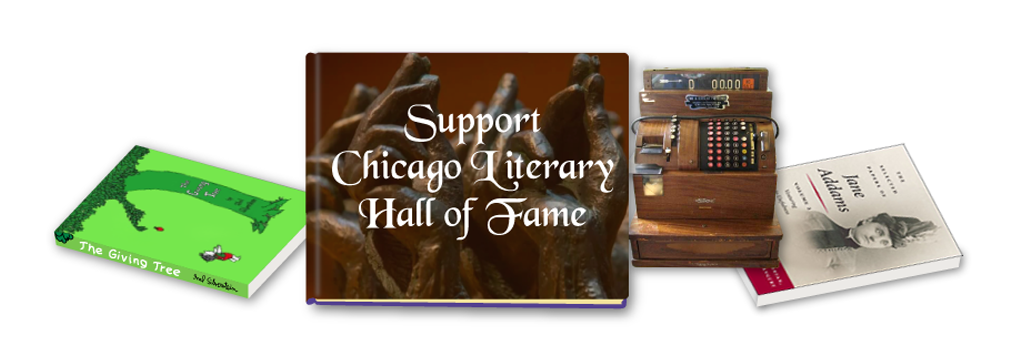A Chicago book that holds special meaning to me
Nora Brooks Blakely
So. You’ve read In The Mecca by Gwendolyn Brooks. And now you approach Chicago buildings wondering. Not about their locations on a map but the geography of resident souls.
The Mecca’s people are case studies in a neighborhood notebook. You meet Mrs. Sallie who “… ascends the sick and influential stair.” You share Great-great Gram’s memories when “Something creebled in that dirt…” on a long ago slave cabin’s dirt floor. You gaze in amazement at Boontsie De Broe who is “Erect. Direct. An engraving on the crowd…”. Look, over there. That’s Melodie Mary who “hates everything pretty and plump.” You might pity Emmett and Cap and Casey who “are skin wiped over bones” but “there is a central height in pity past which man’s hand and sympathy cannot go…”. There’s Marian who “Knows no gold hour” who “sings but sparsely…”. And we can’t leave out Alfred, who is “untalented,” who is “a decent enough no-goodness.”
That’s why this book speaks to me. It isn’t really about the Mecca Building. The building is merely the vessel for the true Chicago landmarks: the people inside.
So. You’ve read In The Mecca and now you know how Gwendolyn Brooks took the special and the specific and gave us windows into the worlds of our neighbors and the worlds within ourselves.









